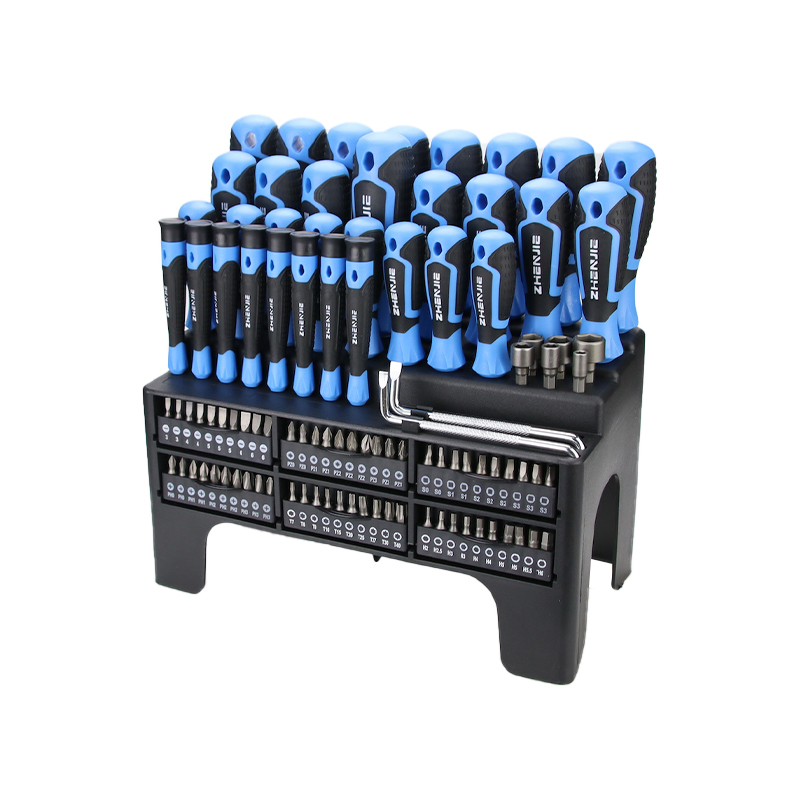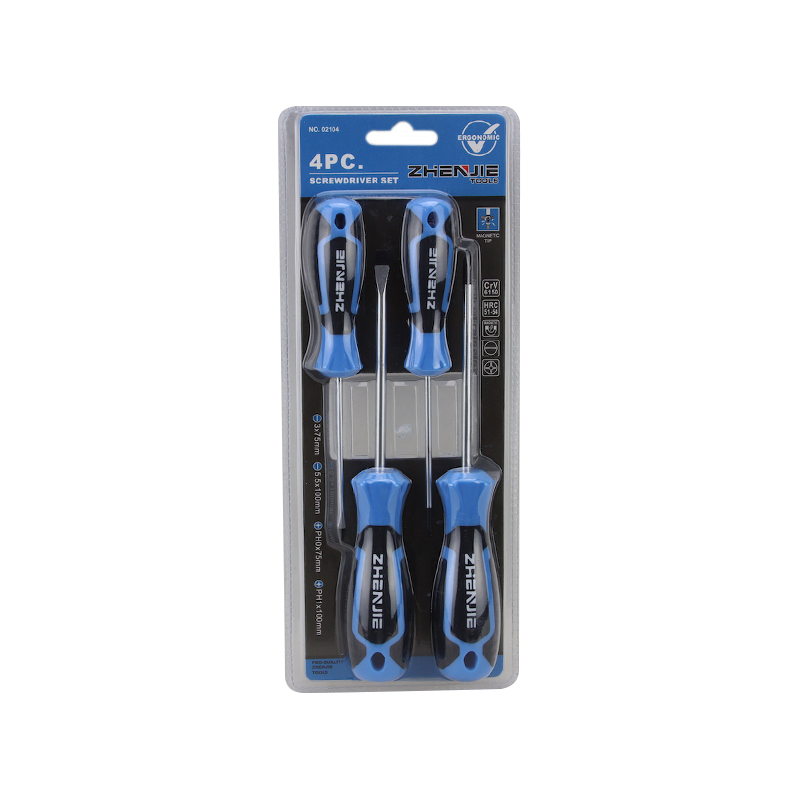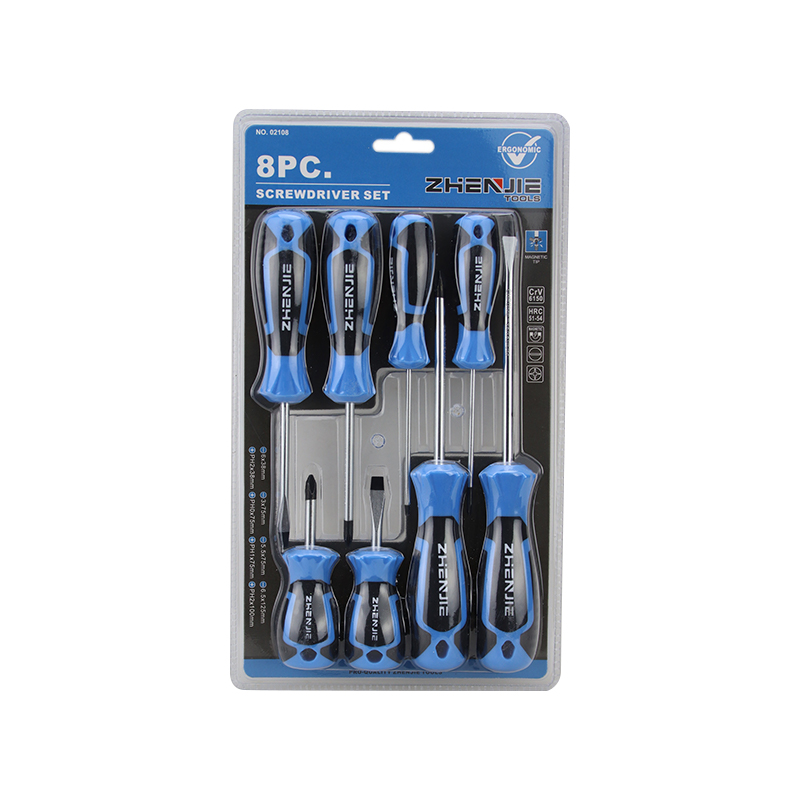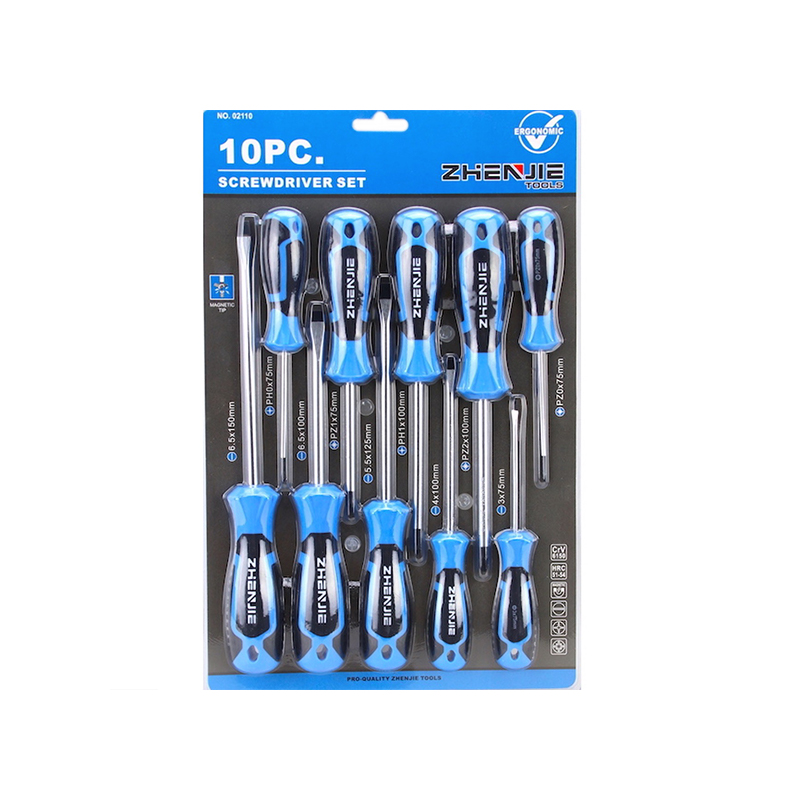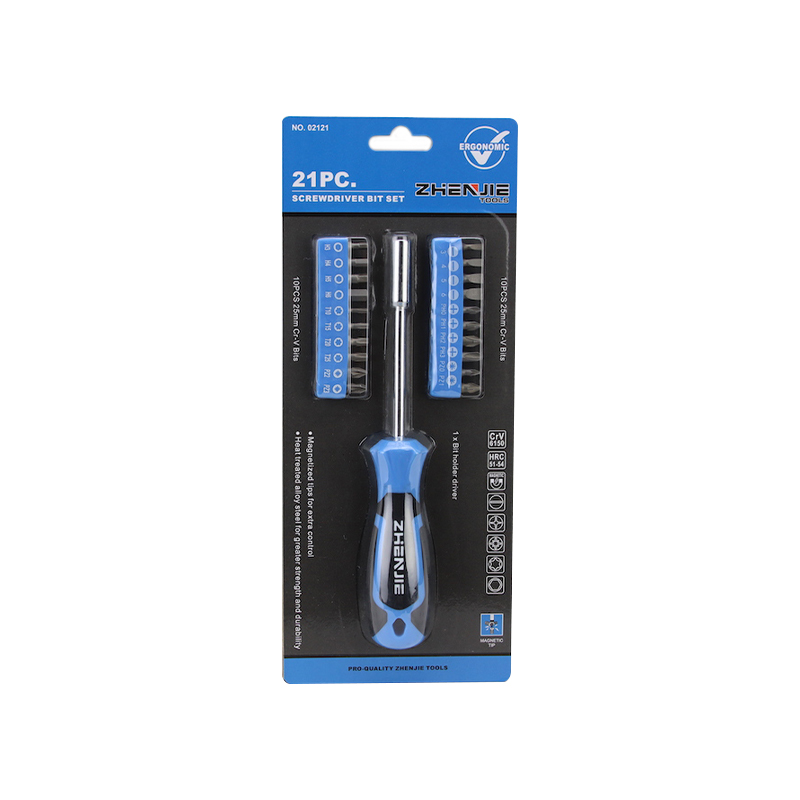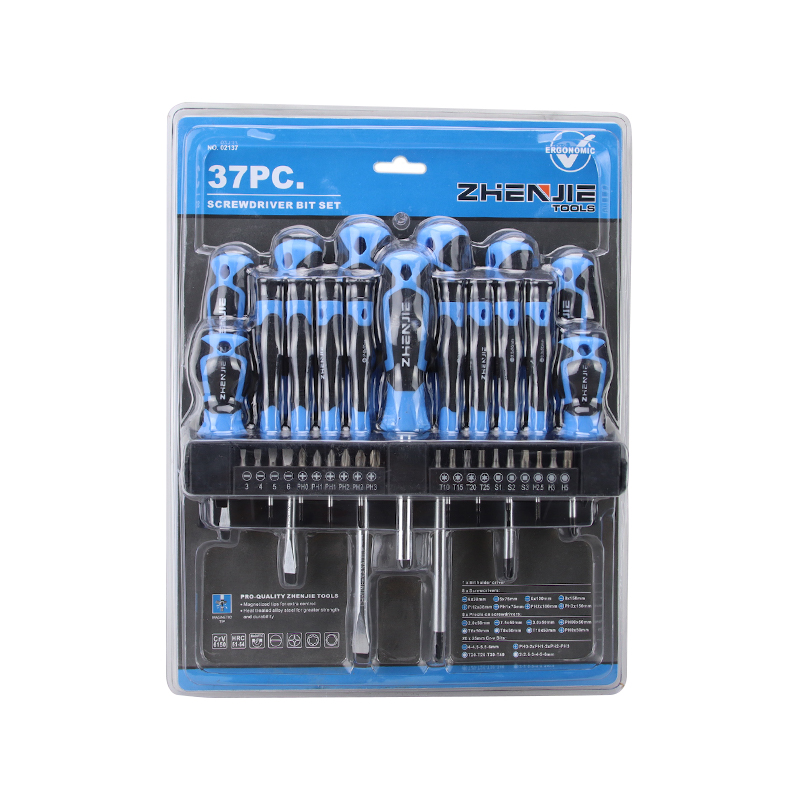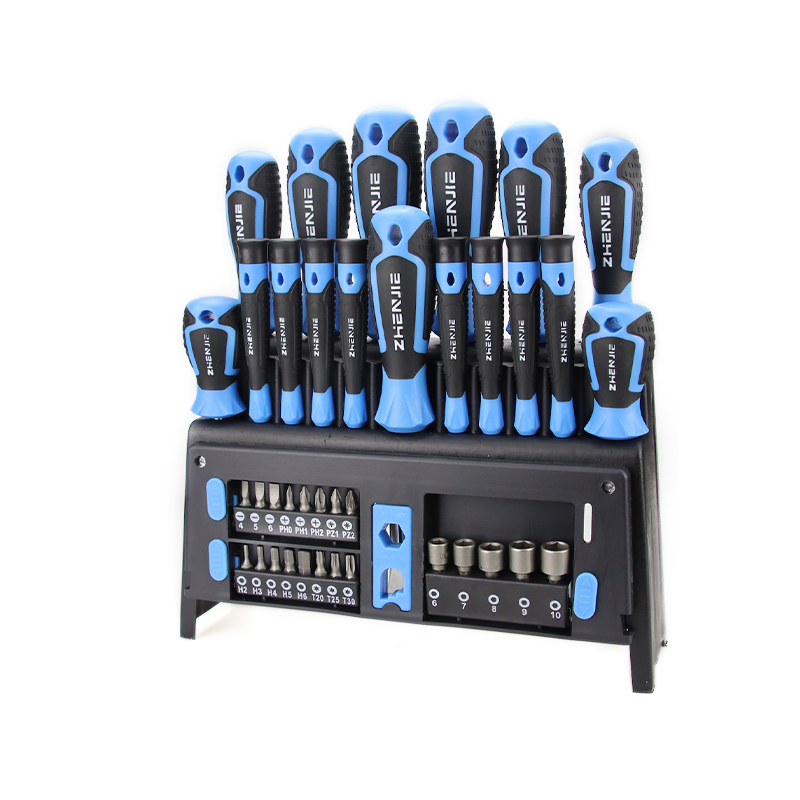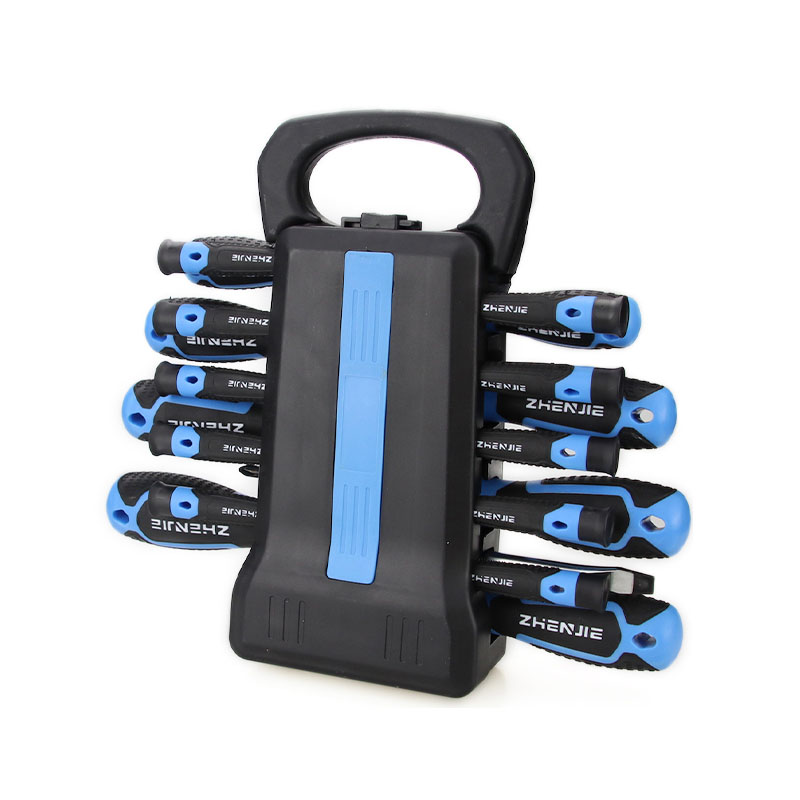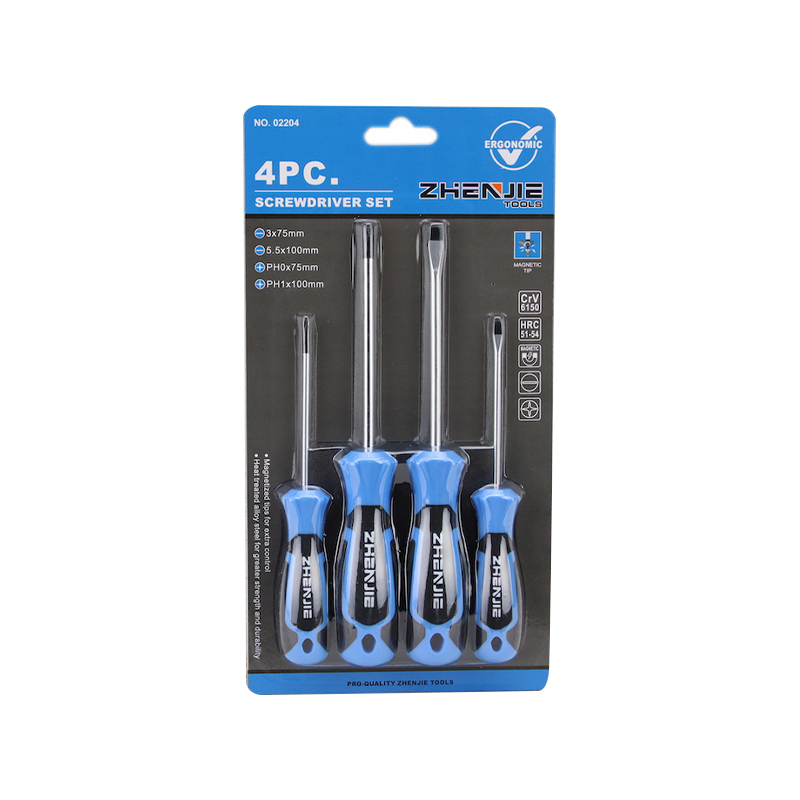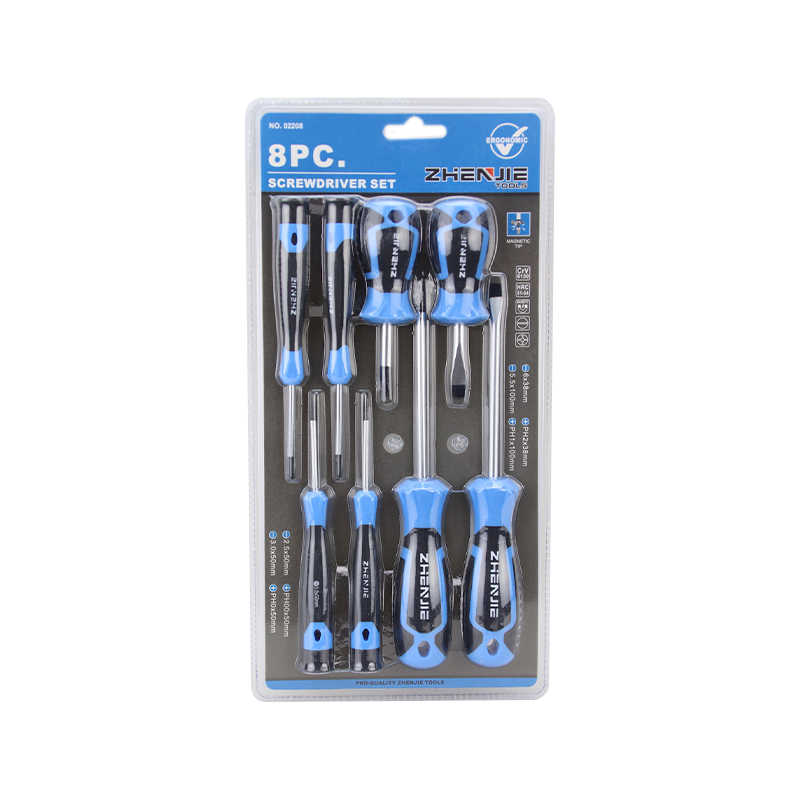In modern machinery, universal flexible shafts are a crucial transmission tool. Their unique advantages and wide application have made them an indispensable component in industrial production. They offer high efficiency, precision, and flexibility, enabling them to perform transmission tasks under a variety of complex working conditions. They are widely used in industries such as machinery, electronics, and medical.
Structural Features of Universal Flexible Shafts
Universal flexible shafts typically consist of four components: an inner core, an outer sheath, a transmission end, and a connection end. The inner core is typically braided from high-strength steel wire, ensuring the shaft's transmission capacity and durability. The outer sheath is typically constructed of wear-resistant and high-temperature-resistant materials to protect the inner core from environmental influences. Thanks to the flexible connection between the inner core and outer sheath, universal flexible shafts can bend freely at various angles and within various spatial constraints, ensuring unimpeded power transmission.
This structural design not only enhances the flexible shaft's adaptability but also provides excellent interference resistance in complex working conditions, avoiding the failures and wear that are common with traditional rigid transmission systems.

Working Principle of the Universal Flexible Shaft
The universal flexible shaft relies on the rotational motion of an inner core, which transmits power through an outer sheath to components remote from the power source. The inner core's high-strength steel wire braid allows it to withstand high torque during rotation, while the flexible outer sheath design allows it to adapt to various confined or complex environments.
During operation, the flexible shaft can flex and adjust appropriately to overcome obstacles in space and complete power transmission. Compared to traditional rigid shafts, flexible shaft transmission methods are more flexible and adaptable, effectively reducing losses in mechanical systems and improving overall efficiency.
Applications of Universal Flexible Shafts
Universal flexible shafts have a wide range of applications across multiple industries and fields. In mechanical engineering, flexible shafts can be used to transmit power and drive various mechanical equipment, such as fans, pumps, and grinders. In automotive manufacturing, flexible shafts are frequently used in transmission systems, playing a crucial role in vehicle transmissions and powertrains. Their flexibility enables them to meet complex installation requirements and avoid the limitations of traditional rigid shaft transmission methods.
In addition to traditional industrial and mechanical applications, universal flexible shafts are also widely used in medical equipment. For example, in dental instruments, flexible shafts are used to drive drills for precise manipulation, ensuring accurate operation while preventing excessive mechanical interference with the instruments during use. The flexible shaft design also enables these devices to operate flexibly in confined spaces, significantly improving the ease of use of medical devices.
Advantages of Universal Flexible Shafts
The primary advantages of universal flexible shafts lie in their high adaptability, flexibility, and efficiency. Not only can they adapt to various installation spaces and angles, but their low noise and efficient transmission make them a preferred choice for many high-precision equipment and automation systems. Flexible shafts maintain excellent performance in equipment requiring long periods of continuous operation, or under high speeds and high loads.

With the continuous advancement of technology and the increasing level of industrial automation, the market demand for universal flexible shafts continues to grow. Flexible shafts hold particularly promising application prospects in fields such as robotics, intelligent manufacturing, and the automotive industry. In the future, with the continuous development of materials science and manufacturing processes, the durability, adaptability, and transmission efficiency of flexible shafts will be further improved, enabling them to meet even more demanding application requirements. As a key component in modern machinery, universal flexible shafts, with their flexibility and efficiency, have found widespread application across multiple industries. With continuous technological innovation and development, flexible shafts hold a promising future, particularly in high-precision equipment and intelligent manufacturing. As material and design requirements continue to rise, the performance of universal flexible shafts will continue to improve, making them an even more important transmission tool.

 English
English русский
русский Español
Español